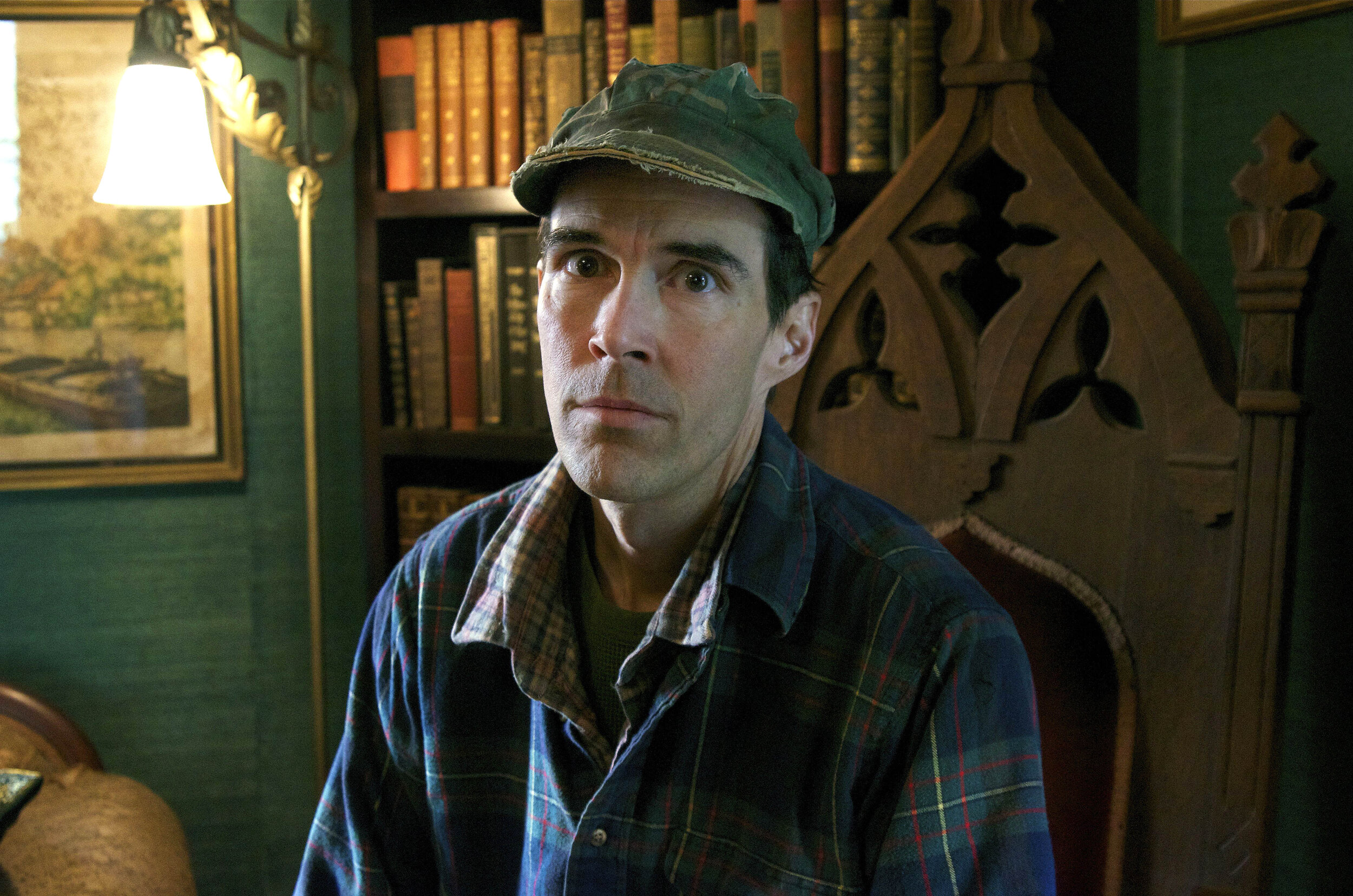1986 - Matthew Brown
Interviewed by Liisa Ogburn on December 4, 2011
Matthew Brown
Matthew Brown has lived in Oakwood since 1986, when he first rented a half a house from Annie Barbour for $270/month. He purchased his home at 601 East Lane Street in 1989.
“The neighborhood started popping up in the 1870’s. In 1872, there were only 12 houses. In 1881, there were 60. We were basically just the north edge of this small town of Raleigh. People have the idea that ‘Oh… Oakwood was this fine Victorian neighborhood with people in fancy dresses and these grand houses.’ It weren’t nothing like that. It was the edge of a little town. The streets were all dirt. There were no sidewalks. A lot of the yards were dirt. If they weren’t dirt, they were just whatever came up. The only thing that kept it from getting overgrown was all the chickens. People had chickens. They had vegetable gardens. They had pigs and cows. There were pigs and cows and goats wandering the streets around here.”
“The houses were very fine because that’s what was built back then. People think wow, these houses are so well-built. That’s just the way people were. They didn’t build things to last for 20 years. They built things to last forever. And they had the best building material in the world right here in North Carolina. They had heart of yellow pine.”
“In those days, you wanted to be close to downtown and on a main street. You didn’t have to worry about car traffic because it was just horses and buggies and you wanted the horses and buggies to go by your house and see you on your porch and talk to the people coming in and out of town. You wanted to be downtown near all the happenings and near the capital.”
“After World War I, cars started to come into fashion… Hayes Barton had bigger lots… Then, with the Depression, everyone was kind of poor, and people started renting out rooms. It was really after World War II that things started to get a little rough, if you listen to the stories, but in a way, that’s what saved us. Since no one wanted to be over here, there was no reason to tear down the houses and build something fancy. Some of them were owned by landlords and they were just cash cows.”
“We are living in works of art. That’s one of the things we do. Preserve art. They can’t build these anymore. The cost to do so… it would be millions of dollars. As Victorian neighborhoods across the nation continue to crumble and be demolished, those that survive are increasingly rare.”
“100 years from now, if there is still an America, look at this neighborhood and realize that every inch of it was… we fought for every inch of it. Lots of people for a long time fought for every inch of what we have. We fought for every window and every roof and every bush and every street. A lot of people for many years put a lot of love into this. I hope you can look at this place and see that love.”

